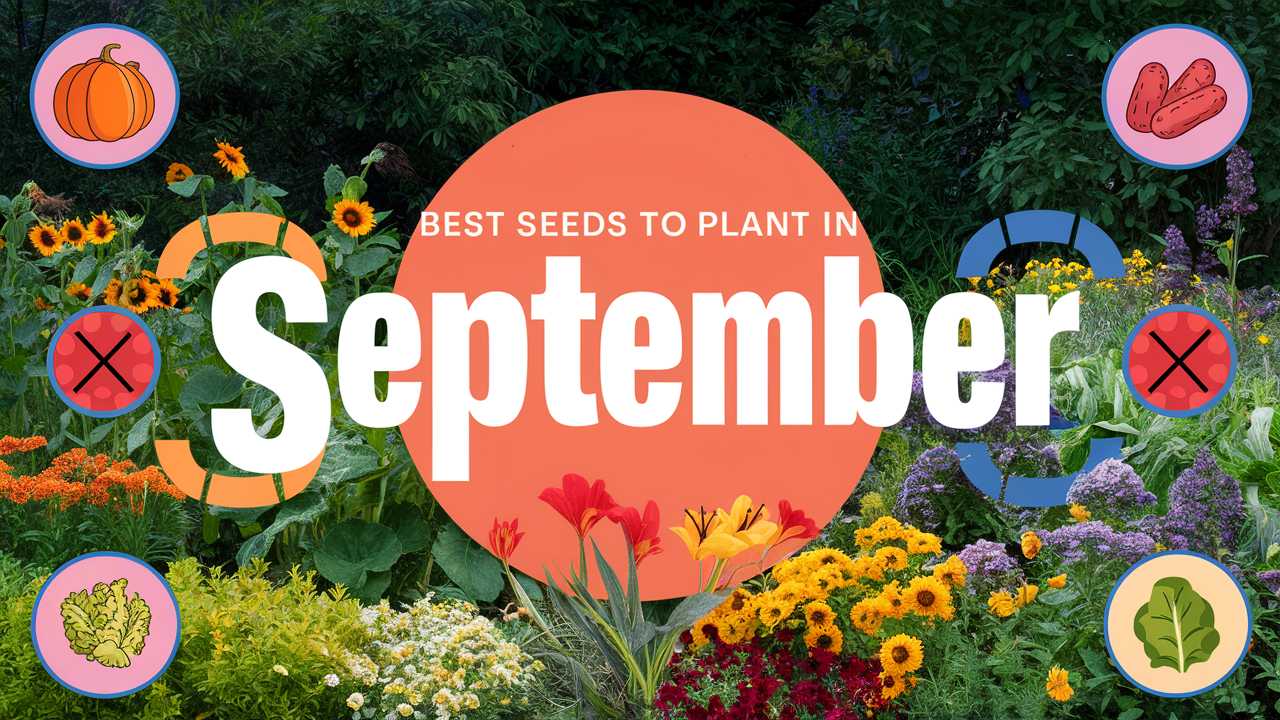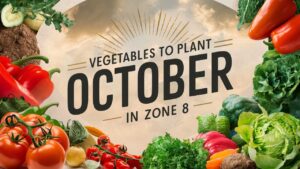As summer begins to wane and the crispness of autumn starts to creep into the air, September signals a time of transition for gardeners. This month is a fantastic opportunity to sow a variety of seeds that can thrive in the cooler temperatures, providing you with a bountiful harvest before the frost sets in.
Whether you’re an experienced gardener or a novice looking to try your hand at fall planting, this guide will explore a wide assortment of seeds that are perfect for planting in September.
Cool-Season Greens
Planting leafy greens in September allows you to enjoy fresh salads and garnishes long after summer has faded away. Here are some greens that love the cooler temperatures of autumn.
Spinach
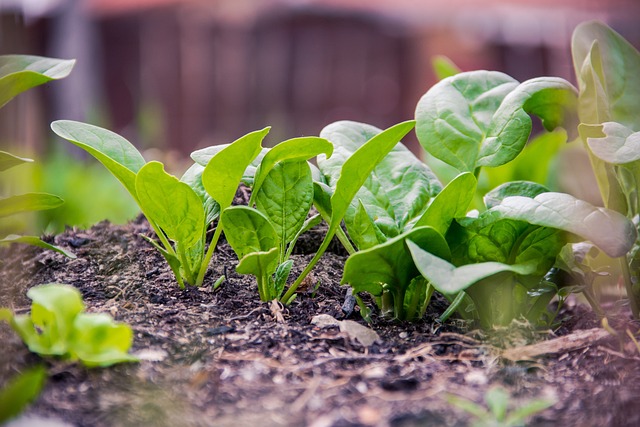
Spinach can be sown in early September for a delicious crop that thrives in the cooler months. It’s full of vitamins and can be eaten fresh in salads or cooked down in various dishes. Spinach seeds germinate quickly, often sprouting within a week, and the plants mature in about 45 days.
Kale
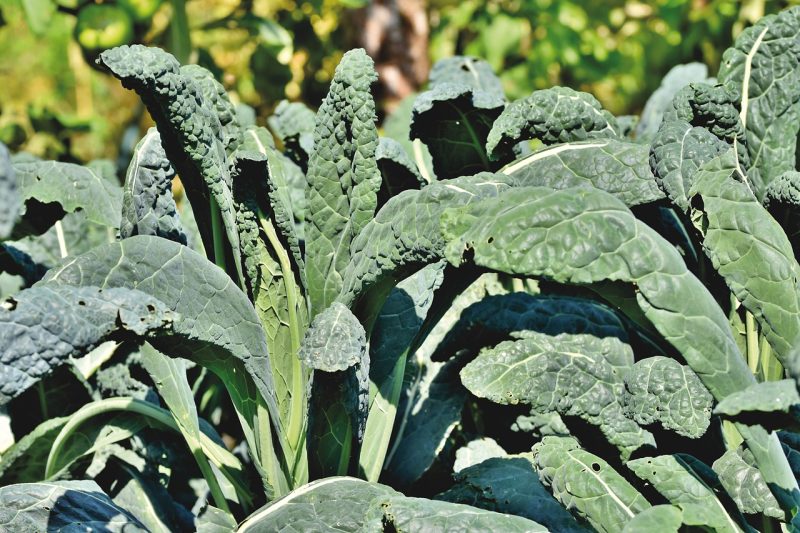
Few vegetables are as resilient as kale. It boasts rich nutrients and can survive light frost, making it ideal for September planting. You can sow the seeds thickly and then thin them as they grow, allowing you to enjoy baby kale greens in salads and larger leaves later on.
Arugula
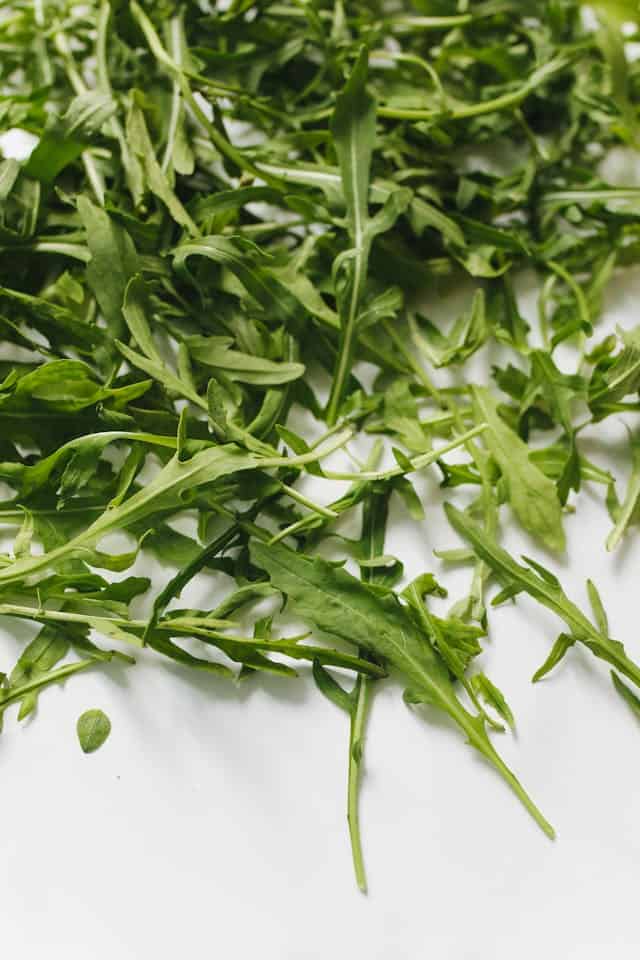
Known for its peppery flavor, arugula germinates rapidly and can be harvested just a few weeks after planting. This leafy green thrives in cooler temperatures, making September the perfect time to get it into the ground.
Swiss Chard

Swiss chard is another fantastic autumn green. With its vibrant colors, it’s as beautiful as it is nutritious. Sown now, it will provide a steady harvest throughout the fall. Swiss chard is also remarkably hardy, often surviving light frosts.
Root Vegetables
Root vegetables are perfect for fall planting because they actually taste better after they’ve been exposed to some cold weather. Here are several root vegetables to consider.
Carrots

Planting carrots in September allows them to mature for a late fall harvest. They require minimal maintenance and can be left in the ground for a while even after they’re ready to be harvested. They develop a sweeter flavor after being exposed to frost.
Beets
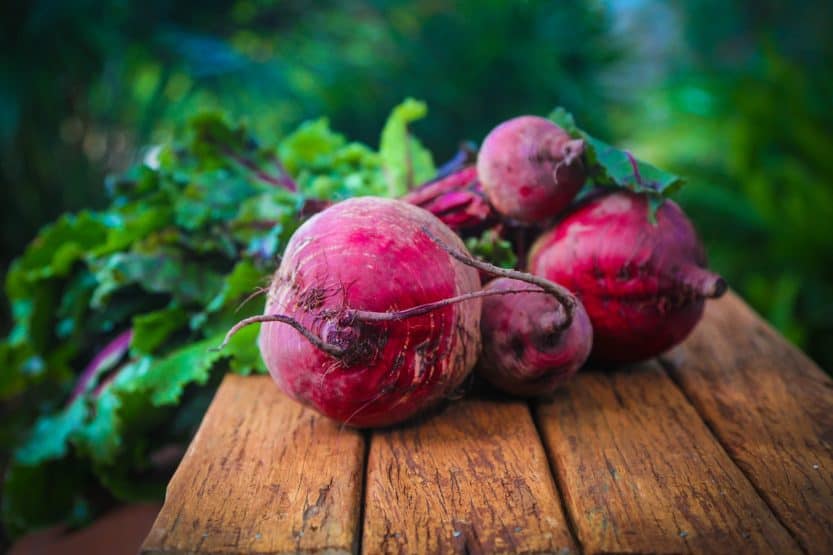
Beets are another excellent addition to your fall garden. These nutritious roots can be sown in late September for a late fall harvest. Their leaves are also edible and can be used much like Swiss chard.
Radishes

Radishes are one of the fastest-growing vegetables and are perfect for a quick turnaround before the weather turns cold. They can be harvested in as little as three weeks and are a great way to fill in any gaps in your garden.
Turnips
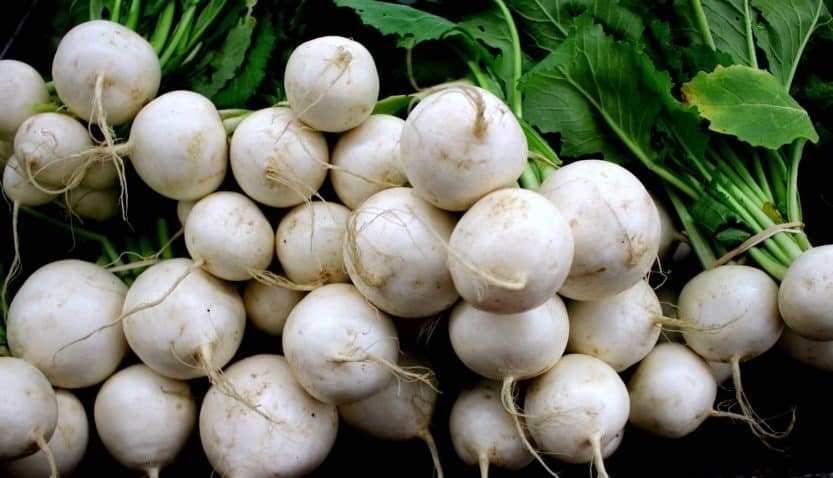
Turnips can be planted now for a fall harvest, and they offer both edible greens and delicious roots. They thrive in cool weather and can be left in the ground until you’re ready to use them.
Legumes

September is an excellent time to plant legumes, as these plants typically flourish in cooler weather.
Peas
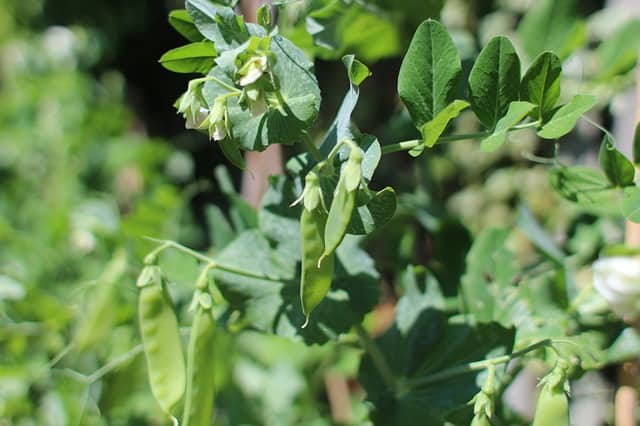
Peas love cooler temperatures and can be planted in early September for a late fall harvest. Choose from snap peas, snow peas, or shelling peas, all of which are delightful additions to your garden.
Fava Beans
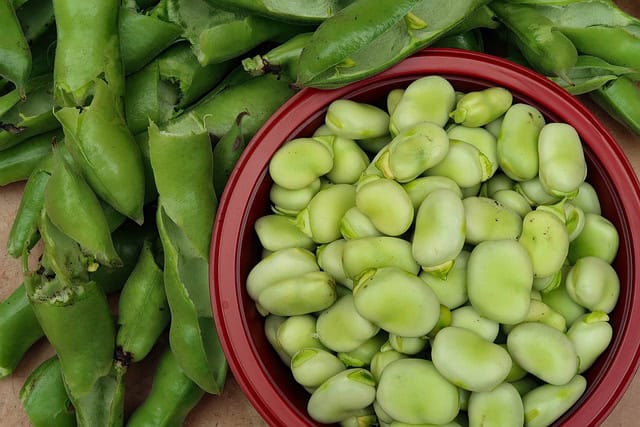
Fava beans can be sown in September and are perfect for overwintering. They will emerge in the early spring, providing a nutritious crop that thrives in the cool weather of late winter and early spring.
Brassicas
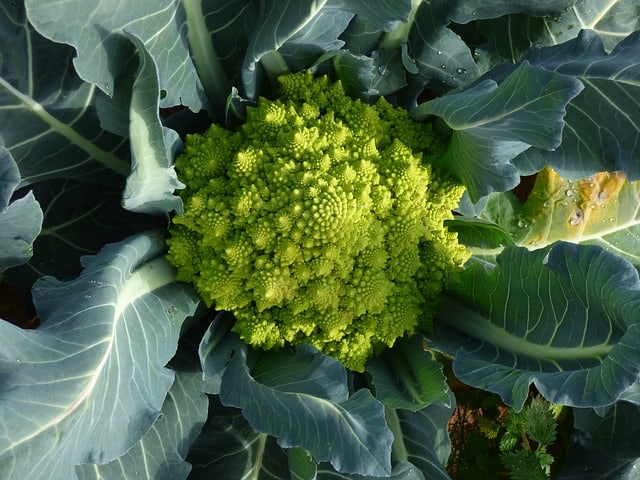
Brassicas are loved for their nutritional value and hardiness. Several varieties can flourish when planted in late summer and early fall.
Broccoli

Planting broccoli in September can yield a late fall harvest. These cool-weather vegetables can be harvested when the heads are compact and firm. You can enjoy them steamed, roasted, or in salads—even the leaves are edible!
Cabbage
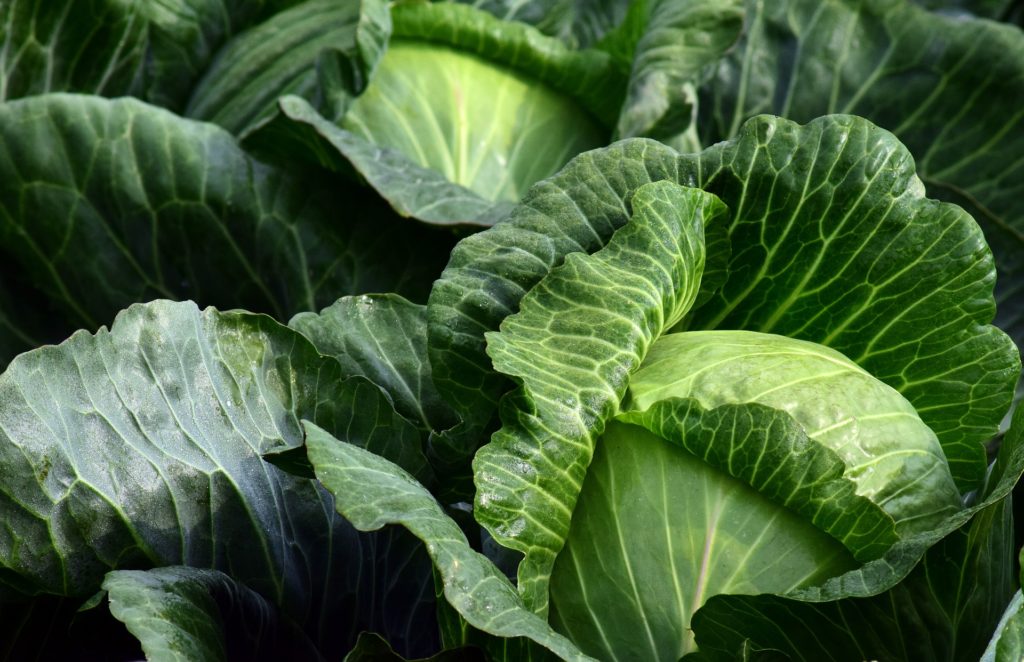
Cabbage is a staple in many gardens, and its hardiness makes it perfect for September planting. It can take the cooler weather well, and depending on the variety, you can expect heads to mature in early to late fall.
Cauliflower
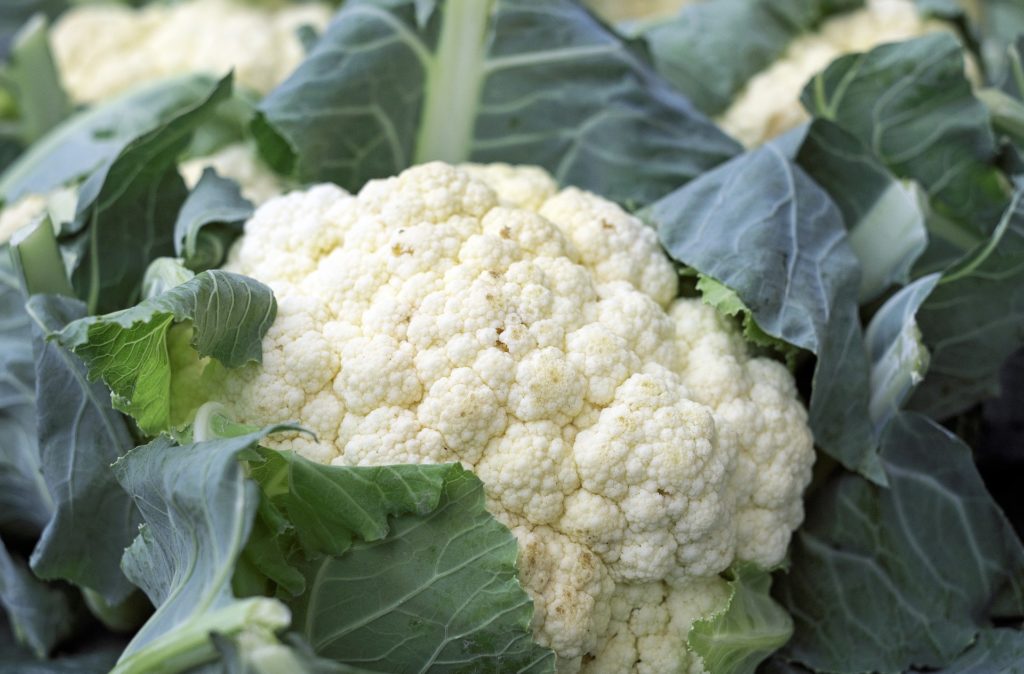
Like broccoli and cabbage, cauliflower thrives in cooler weather. It can be transplanted in September for an excellent fall harvest. The heads can be sensitive to temperature, so planting when it’s still warm helps them develop well.
Flowers for Fall
You don’t have to stick exclusively to vegetables in September. Beautiful flowers can add charm and color to your garden as the days get shorter.
Pansies

Pansies are perfect for fall planting and will often bloom until a hard frost. Their vibrant colors can brighten up any garden bed, and they can even endure light frosts, making them a great addition for autumn color.
Snapdragons
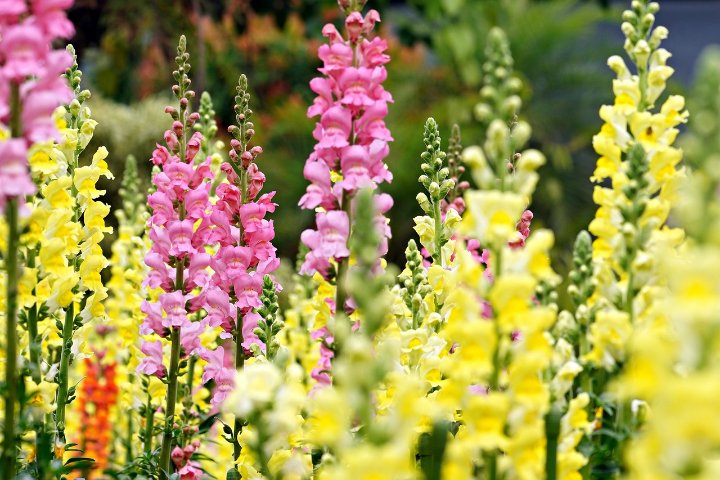
Snapdragons can be planted in September, ready to bloom in early spring. They like cool weather but require sunlight to thrive. These colorful flowers can liven up your flower beds and can also be used in arrangements.
Chrysanthemums

These classic fall flowers can be planted or divided in September. They provide a stunning show of color just as most summer blooms begin to fade. Mums thrive in the fall and can be a lovely addition to your garden.
Herbs

Herbs can also be sown in the fall to enjoy fresh flavors all winter long. Here are some to consider.
Cilantro

Cilantro prefers cooler temperatures and grows incredibly well in the fall. Sown in September, it can be harvested throughout the autumn. Plus, you can save some seeds to grow coriander later!
Chives
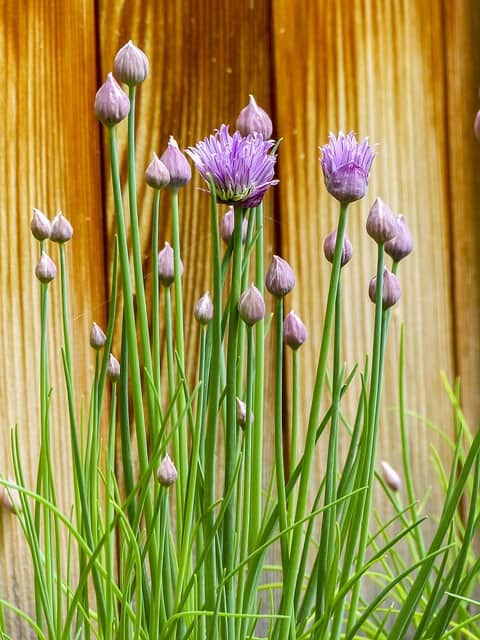
Chives can be planted now and will continue to grow slowly through the fall and winter. They are a perennial herb, meaning they will return each year, offering a fresh burst of flavor for your culinary creations.
Parsley

Parsley is another herb that can withstand the cooler weather. It grows well in pots or directly in the ground and can be used in countless dishes. Plant it in September for a robust harvest as the cold weather approaches.
Planting Techniques
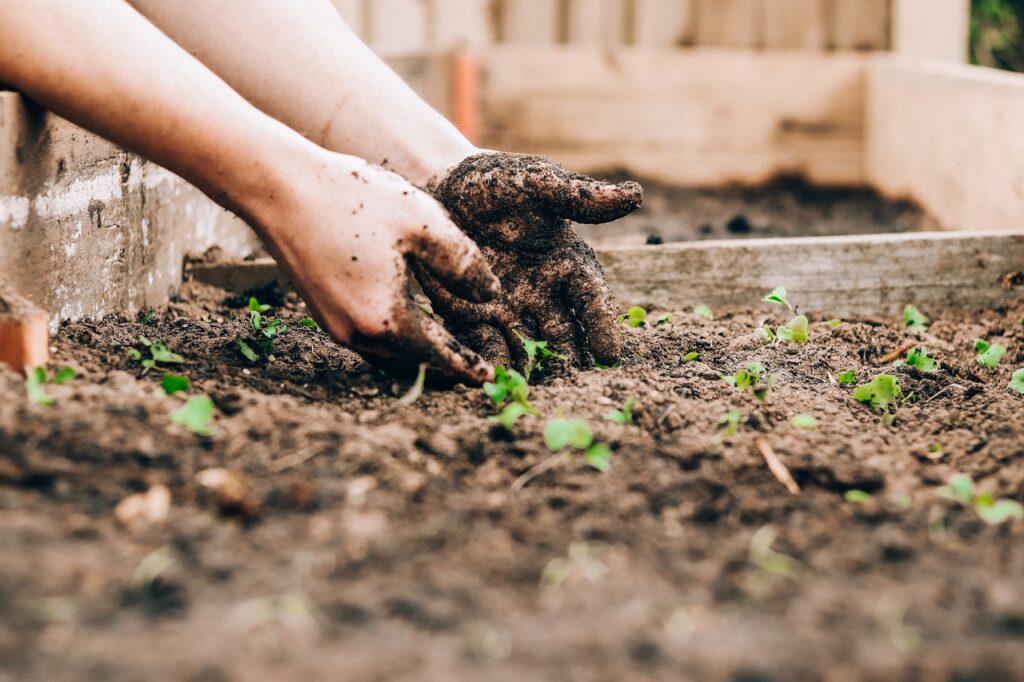
As you embark on your September planting journey, keep in mind some essential techniques for better results.
Soil Preparation

Healthy soil is the foundation of a successful garden. Before planting, ensure your soil is rich in organic matter, as this will help retain moisture and nutrients. Adding compost or well-rotted manure makes a significant difference.
Watering
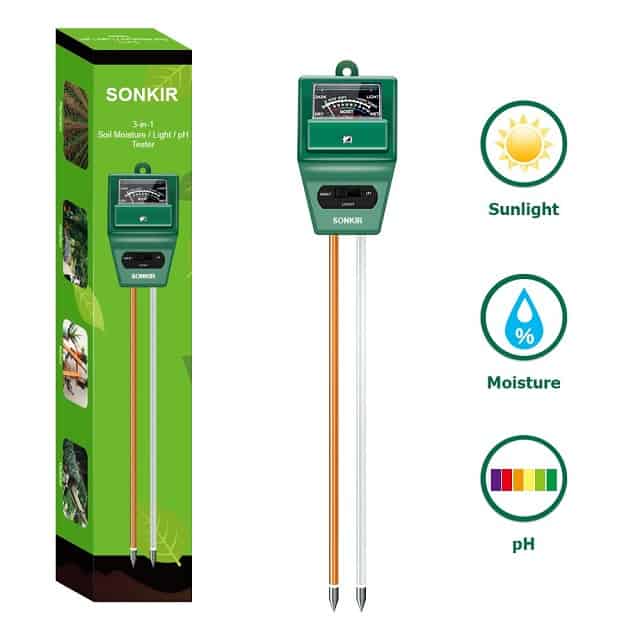
After planting your seeds, it’s essential to keep the soil consistently moist but not soggy. Early morning watering is preferable, as it provides moisture before the sun gets too hot and minimizes evaporation.
Mulching
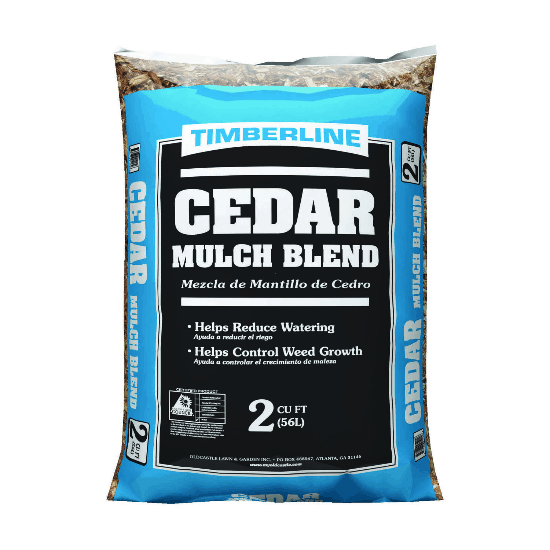
Using mulch can help retain soil moisture and suppress weeds as your new plants establish themselves. Organic mulches like straw or shredded leaves can also add nutrients back into the soil as they decompose.
Companion Planting

September is a great time to think about companion planting, which can help maximize your garden’s productivity. For instance, planting carrots alongside onions can deter pests that would typically harm either plants. Similarly, intercropping legumes with brassicas can enhance soil fertility, benefiting both crops.
Harvesting and Enjoying Your Fall Garden
As you wait for your September plantings to mature, enjoy the journey of tending to your garden. This nurturing process allows you to connect with nature and appreciate the cycles of growth and harvest.
Harvest Timing

Knowing when to harvest is crucial to enjoying your garden bounty at its best. Leafy greens can be harvested when they achieve a desirable size, while root vegetables wait longer until they’ve developed sufficiently. Broccoli, for example, should be harvested when the heads are firm but before the flowers begin to open.
Preparing Your Harvest
Once you’ve harvested your vegetables, you can enjoy them in various dishes. Leafy greens make fantastic salads, root vegetables can be roasted or mashed, and herbs can add robust flavors to nearly any meal. Experiment with different recipes to celebrate the fruits of your labor!


